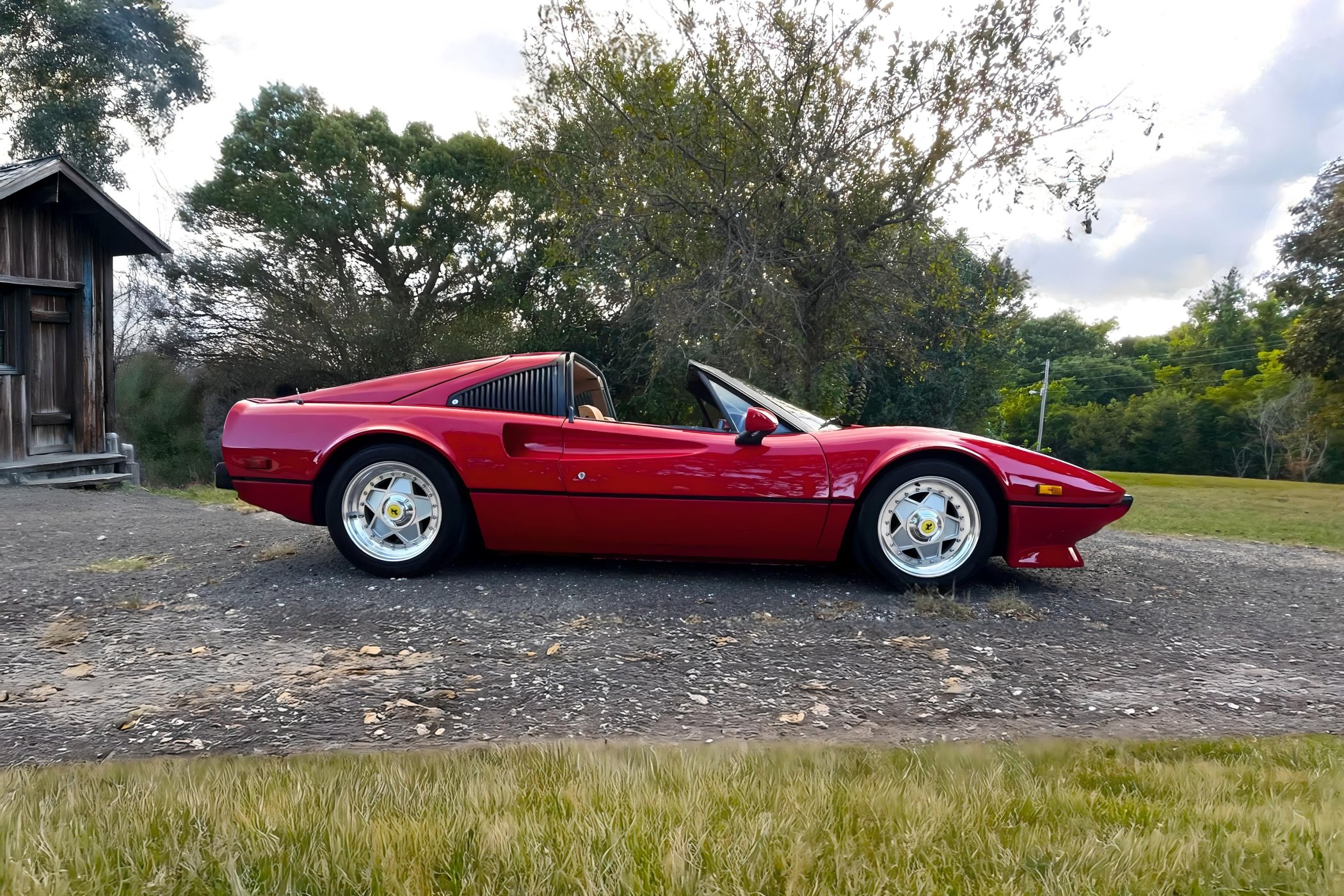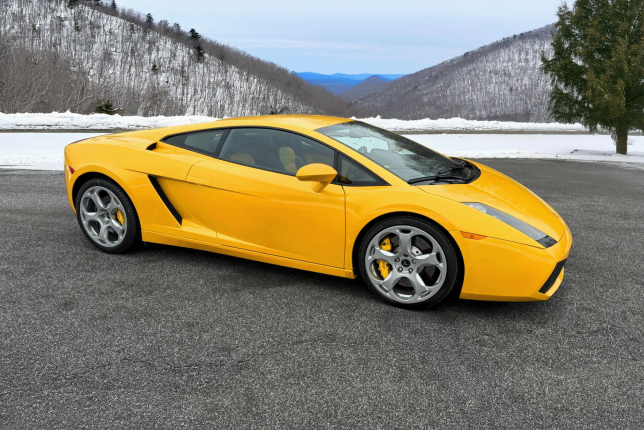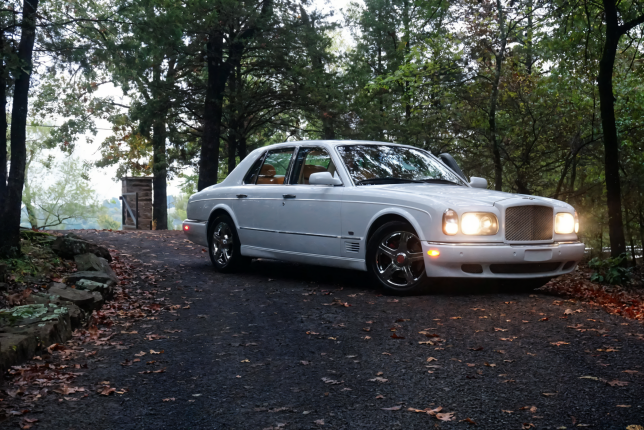1980 Ferrari 308 GTSi


Vehicle story
The 1980 Ferrari 308 GTSi marked a significant evolution in Ferrari’s beloved mid-engine V8 lineup, introducing Bosch fuel injection in place of carburetors to meet tightening emissions standards. While the change slightly reduced peak horsepower to around 205 hp, it improved drivability and reliability, making the GTSi a more refined choice for enthusiasts. The iconic Targa top remained a standout feature, allowing for open-air driving with the structural rigidity of a coupe. Styled by Pininfarina, the 308 GTSi retained the timeless wedge shape, pop-up headlights, and aggressive stance that defined the model. Finished in classic Ferrari colors like Rosso Corsa with a tan leather interior, the 308 GTSi became an enduring symbol of 1980s cool—immortalized by its starring role in Magnum, P.I. and still turning heads today. This particular example recently underwent an interior restoration and is lowered with QA1 springs and vintage HRE 505 three piece wheels.
Engine
2.9-liter (2926 cc) V8, mounted transversely behind the seats in the classic mid-engine layout. It’s a 90-degree, quad-cam, 16-valve aluminum engine, designated Tipo F106A, with two valves per cylinder and Bosch K-Jetronic mechanical fuel injection—a change from the earlier carbureted models. The switch to fuel injection in 1980 was primarily for emissions compliance, and while it dropped the power slightly compared to the carbureted versions, it made the engine more refined and easier to live with. U.S.-spec cars made around 205 horsepower at 6,600 rpm and 180 lb-ft of torque at 4,600 rpm, channeled through a 5-speed gated manual transmission. It’s not a powerhouse by modern standards, but the sound, balance, and analog character make it a true vintage Ferrari driving experience.
Wheels and tires
Vintage HRE 505 Wheels on Goodyear tires.
Brakes
Four-wheel ventilated disc brakes, with solid iron rotors and dual-piston calipers at each corner. There’s no ABS, no electronic assists—just pure, mechanical braking feel. The pedal is firm and requires a deliberate input, but once you get the hang of it, the modulation and feedback are excellent. For a car from 1980, the braking performance is solid and confidence-inspiring, especially when paired with the car’s relatively light weight and mid-engine balance. It’s an old-school setup that rewards smooth driving and gives you a direct connection to what the car is doing underfoot.
Transmission
5-speed manual, mounted transversely just like the engine. It features the iconic open-gate shifter, which gives each shift a satisfying, mechanical click as it slots into place. The gearbox requires a bit of finesse—especially when cold—but once warmed up, it’s smooth and incredibly engaging. Having the standard H-pattern, with first gear at the top left, followed by second directly below it, and so on. It still features the classic gated shifter, giving that iconic metal-on-metal feel and precise engagement that makes driving a vintage Ferrari so unique. The throws are short and mechanical, and while it may feel stiff when cold, it becomes fluid and rewarding once warmed up.

 Ryan Watford
Ryan Watford 
